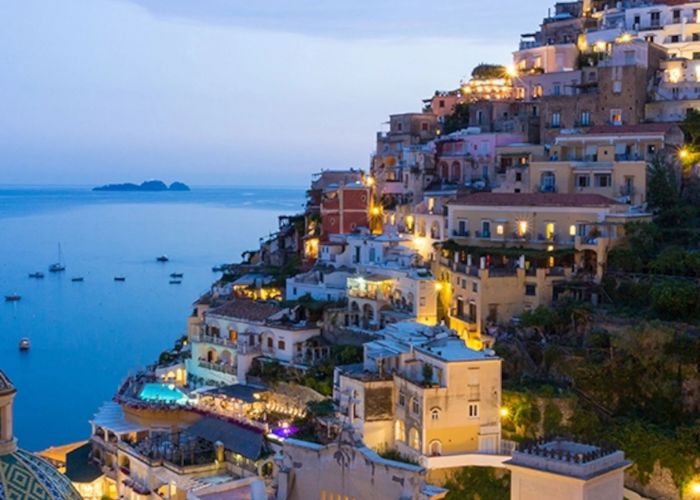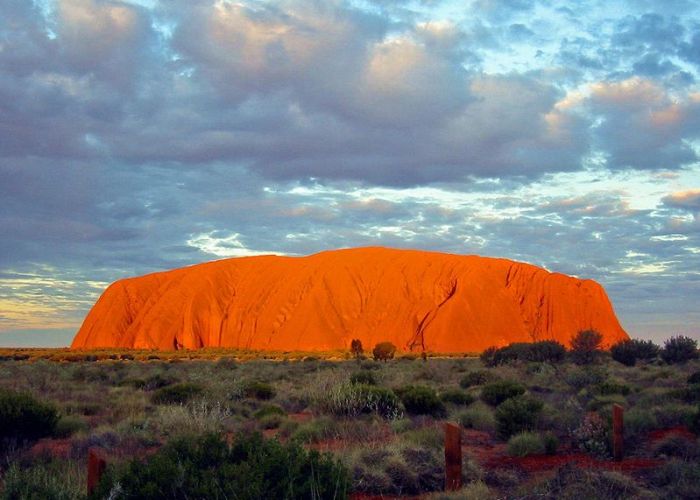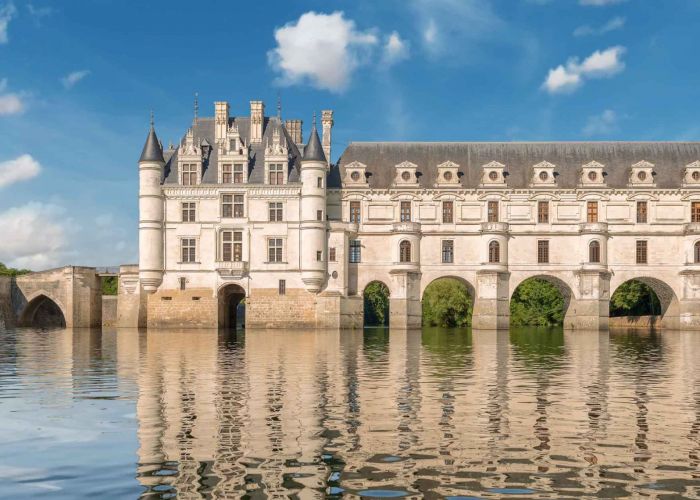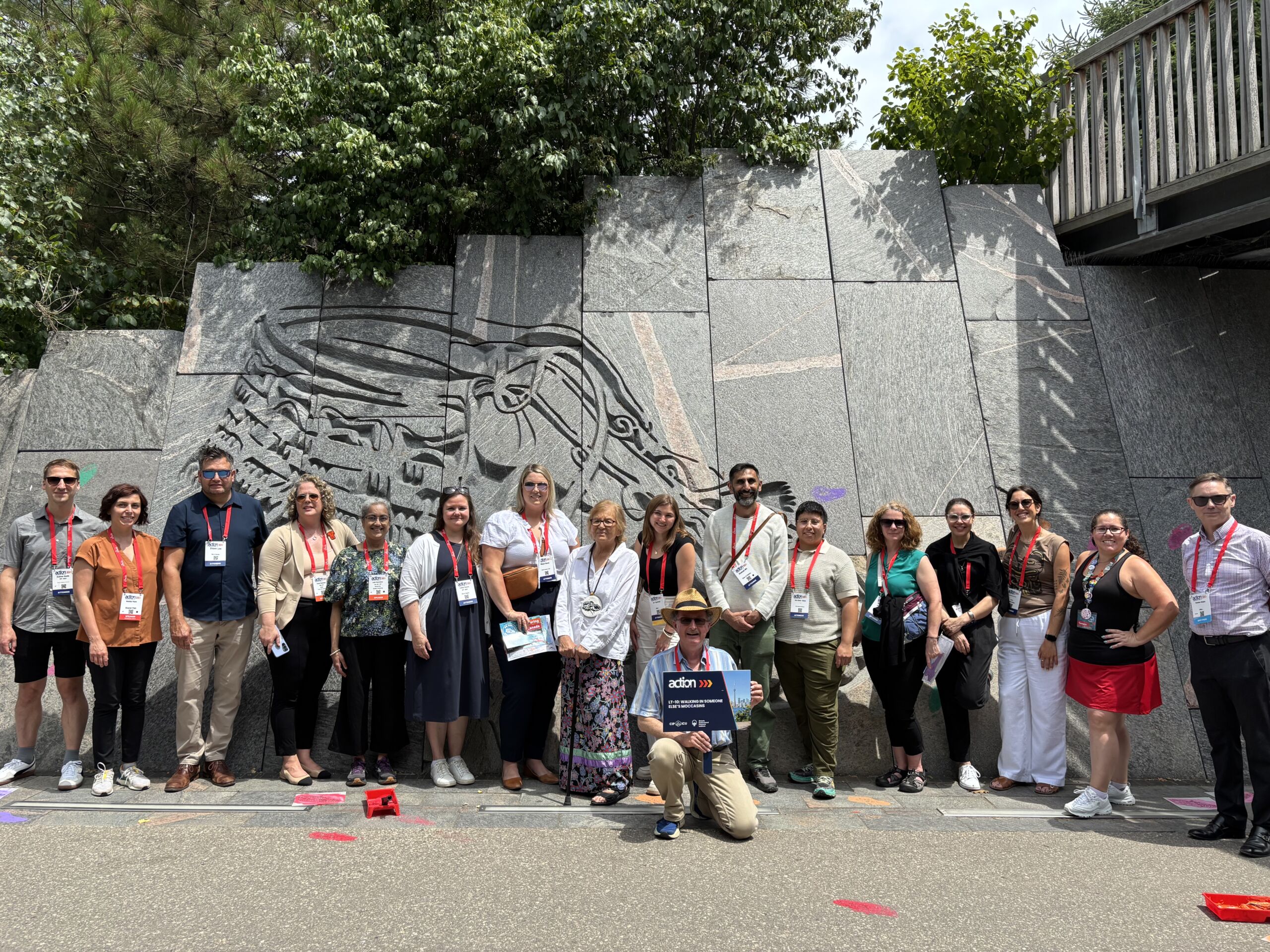What is a cultural heritage landscape?
Written by Admin, Admin •
In our last post, Shared Path announced that we would be taking on a new research project exploring the use of Cultural Heritage Landscapes (CHL) as a policy tool with the potential to braid Indigenous knowledges into the land use planning system.
Before moving ahead with our research question, let’s take a step back and look at the history of this tool and how it has been considered in Ontario’s planning policy regime.
As noted in our previous post, the international community started recognizing heritage landscapes in the early 1970s with the introduction of the World Heritage Convention (WHC) at the United Nations (UN). For the first time on the world stage, policy makers identified the importance of human interaction with nature, while balancing a need for conservation.
The WHC was inspired by of the construction of the Aswan High Dam in the late 1950s by governments of the United Arab Republic (U.A.R.; now Egypt and Syria) and Sudan. They turned to UNESCO for assistance in saving the ancient sites and monuments of Egyptian Nubia, which became threatened by the proposed lake that would rise up behind the new dam. UNESCO responded with an appeal to the international community for assistance, and the result was the largest archaeological rescue operation in history.
International lawmakers enhanced the power of the WHC in 1992, when they made cultural heritage landscapes eligible for the World Heritage List. This category ensured “the recognition of ‘the combined works of nature and man’ of ‘outstanding universal value’” of these landscapes, as highlighted under the definition of cultural heritage in Article 1 of the Convention.
![yunnan-rice-terraces2-2[6]](https://sharedpath.ca/v2/wp-content/uploads/2021/12/yunnan-rice-terraces2-26-691x494.jpeg) The Cultural Landscape of Honghe Hani Rice Terraces, China covers 16,603-hectares in Southern Yunnan. It is marked by spectacular terraces that cascade down the slopes of the towering Ailao Mountains to the banks of the Hong River. Over the past 1,300 years, the Hani people have developed a complex system of channels to bring water from the forested mountaintops to the terraces. They have also created an integrated farming system that involves buffalos, cattle, ducks, fish and eel and supports the production of red rice, the area’s primary crop. The inhabitants worship the sun, moon, mountains, rivers, forests and other natural phenomena including fire. They live in 82 villages situated between the mountaintop forests and the terraces. The villages feature traditional thatched “mushroom” houses. The resilient land management system of the rice terraces demonstrates extraordinary harmony between people and their environment, both visually and ecologically, based on exceptional and long-standing social and religious structures. (Description from UNESCO)
The Cultural Landscape of Honghe Hani Rice Terraces, China covers 16,603-hectares in Southern Yunnan. It is marked by spectacular terraces that cascade down the slopes of the towering Ailao Mountains to the banks of the Hong River. Over the past 1,300 years, the Hani people have developed a complex system of channels to bring water from the forested mountaintops to the terraces. They have also created an integrated farming system that involves buffalos, cattle, ducks, fish and eel and supports the production of red rice, the area’s primary crop. The inhabitants worship the sun, moon, mountains, rivers, forests and other natural phenomena including fire. They live in 82 villages situated between the mountaintop forests and the terraces. The villages feature traditional thatched “mushroom” houses. The resilient land management system of the rice terraces demonstrates extraordinary harmony between people and their environment, both visually and ecologically, based on exceptional and long-standing social and religious structures. (Description from UNESCO) Amalfi coast, or the Costiera Amalfitana, is an area of great physical beauty and natural diversity. It has been intensively settled by human communities since the early Middle Ages. There are a number of towns such as Amalfi and Ravello with architectural and artistic works of great significance. The rural areas show the versatility of the inhabitants in adapting their use of the land to the diverse nature of the terrain, which ranges from terraced vineyards and orchards on the lower slopes to wide upland pastures. (Description from UNESCO)
Amalfi coast, or the Costiera Amalfitana, is an area of great physical beauty and natural diversity. It has been intensively settled by human communities since the early Middle Ages. There are a number of towns such as Amalfi and Ravello with architectural and artistic works of great significance. The rural areas show the versatility of the inhabitants in adapting their use of the land to the diverse nature of the terrain, which ranges from terraced vineyards and orchards on the lower slopes to wide upland pastures. (Description from UNESCO) Uluru-Kata Tjuta National Park was one of the first on the Heritage List. Formerly called Uluru (Ayers Rock – Mount Olga) National Park, it features spectacular geological formations that dominate the vast red sandy plain of central Australia. Uluru, an immense monolith, and Kata Tjuta, the rock domes located west of Uluru, form part of the traditional belief system of one of the oldest human societies in the world. The traditional owners of Uluru-Kata Tjuta are the Anangu Aboriginal people. (Description from UNESCO)
Uluru-Kata Tjuta National Park was one of the first on the Heritage List. Formerly called Uluru (Ayers Rock – Mount Olga) National Park, it features spectacular geological formations that dominate the vast red sandy plain of central Australia. Uluru, an immense monolith, and Kata Tjuta, the rock domes located west of Uluru, form part of the traditional belief system of one of the oldest human societies in the world. The traditional owners of Uluru-Kata Tjuta are the Anangu Aboriginal people. (Description from UNESCO) The Loire Valley is an outstanding cultural landscape of great beauty, containing historic towns and villages, great architectural monuments (the châteaux), and cultivated lands formed by many centuries of interaction between their population and the physical environment, primarily the river Loire itself. (Description from UNESCO)
The Loire Valley is an outstanding cultural landscape of great beauty, containing historic towns and villages, great architectural monuments (the châteaux), and cultivated lands formed by many centuries of interaction between their population and the physical environment, primarily the river Loire itself. (Description from UNESCO)
Cultural heritage policies were first enacted in Ontario under the 1996 Provincial Policy Statement (PPS). Each iteration of the PPS released since then has included increasingly expansive definitions of CHLs that highlight not only their tangible aspects – such as buildings, perimeters, and unique features – but also their intangible aspects, like how we interact with these spaces to help us create a cultural memory or history.
A cultural heritage landscape is identified by the province as “a defined geographical area that may have been modified by human activity and is identified as having cultural heritage value or interest by a community, including an Aboriginal community. The area may involve features such as structures, spaces, archaeological sites, or natural elements that are valued together for their interrelationship, meaning or association.”
Table 1. The 3 Categories of World Heritage Cultural Landscape
| Cultural Landscape Category | Extract from paragraph 39 of the Landscape Operational Guidelines for the Implementation of the World Heritage Convention Category |
| (i) | The most easily identifiable is the clearly defined landscape designed and created intentionally by man. This embraces garden and parkland landscapes constructed for aesthetic reasons which are often (but not always) associated with religious or other monumental buildings and ensembles |
| (ii) | The second category is the organically evolved landscape. This results from an initial social, economic, administrative, and/or religious imperative and has developed its present form by association with and in response to its natural environment. Such landscapes reflect that process of evolution in their form and component features. They fall into two sub-categories: • a relict (or fossil) landscape is one in which an evolutionary process came to an end at some time in the past, either abruptly or over a period. Its significant distinguishing features are, however, still visible in material form. • a continuing landscape is one which retains an active social role in contemporary society closely associated with the traditional way of life, and in which the evolutionary process is still in progress. At the same time it exhibits significant material evidence of its evolution over time. |
| (iii) | The final category is the associative cultural landscape. The inclusion of such landscapes on the World Heritage List is justifiable by virtue of the powerful religious, artistic or cultural associations of the natural element rather than material cultural evidence, which may be insignificant or even absent. |
Our heritage protection mechanisms tend to focus on individual properties, buildings and defined conservation districts, which often possess more defined boundaries than CHLs. This was reflected in an Ontario Heritage Tool Kit released in 2006, which alludes to the concept of CHLs without explicitly using the term.
The most recent PPS, rolled out in 2020, states under section 2.0 that “Ontario’s long term prosperity, environmental health, and social well-being depend on conserving biodiversity, protecting the health of the Great Lakes, and protecting natural heritage water, agricultural, mineral and cultural heritage and archaeological resources for their economic and social benefits.” Further into that section, the PPS delineates between Natural Heritage Systems and Cultural and Heritage Archaeology.
The way the policy is written, we still see echoes of European sensibilities that shape our systems: a) that heritage is worth protecting because of what it provides for modern and future populations, and b) that nature and culture, or nature and humans, are treated as two separate entities.
Our next post will explore Indigenous perspectives on CHLs, how they may differ from the ethos that shape current heritage protection systems, and how global Indigenous communities have used CHLs.
Further Reading:
Baird, M. (2012). Indigenous cultural heritage landscapes and the politics of heritage in Cultural Heritage Rights.
https://whc.unesco.org/en/culturallandscape/#1
https://whc.unesco.org/archive/1992/whc-92-conf002-12e.pdf
https://whc.unesco.org/en/guidelines/
https://uwaterloo.ca/heritage-resources-centre/blog/post/cultural-heritage-landscapes-part-one
http://www.mtc.gov.on.ca/en/publications/Heritage_Tool_Kit_DHP_Eng.pdf
https://www.britannica.com/topic/World-Heritage-site
This article is brought to you by the Ontario Trillium Foundation’s Resilient Communities Grant. We thank them for their ongoing support!




